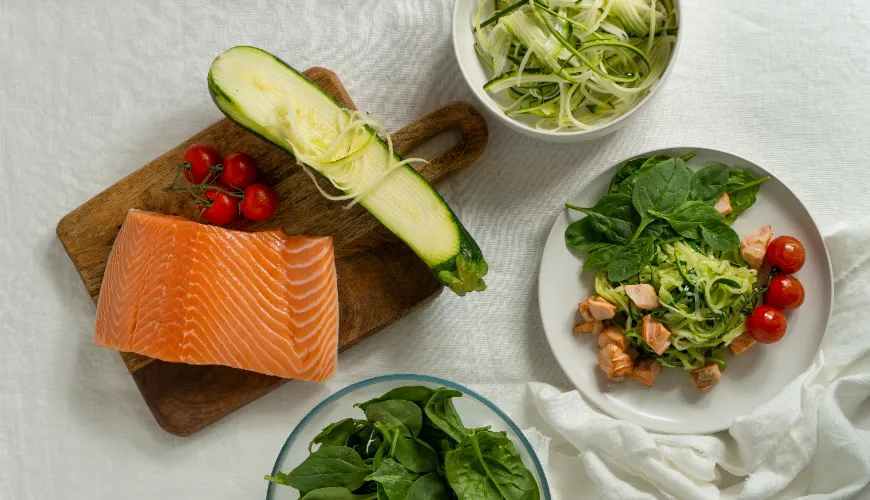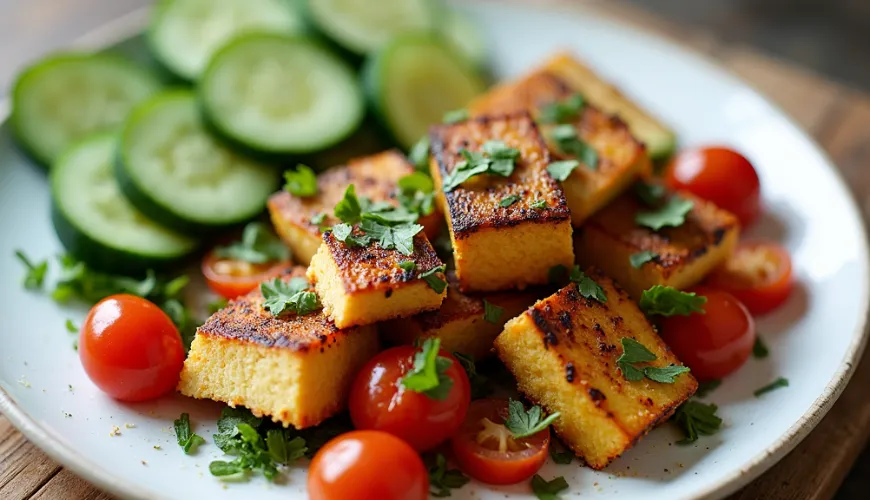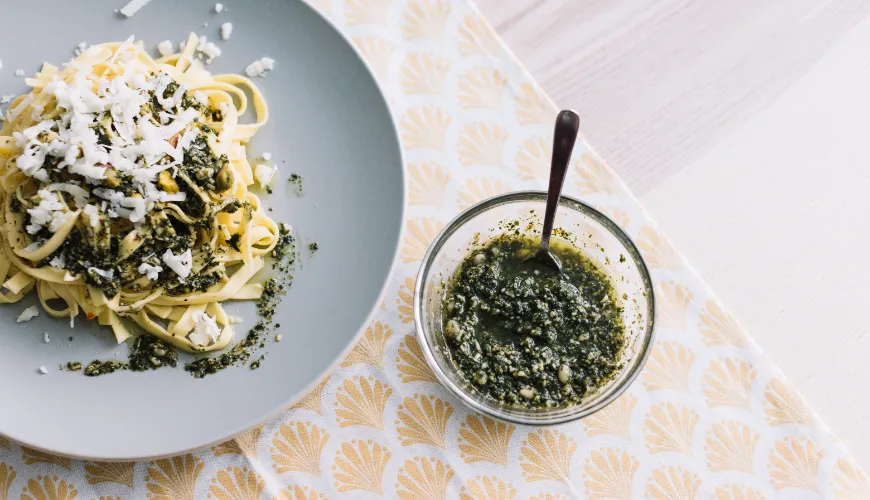
How to Make Šunkafleky That Connect Generations and Taste Great

Šunkofleky - A Traditional Czech Classic That Still Tastes Great Today
Do you know that dish that reminds you of the smell of your grandmother's kitchen when you came home from school and the familiar aroma wafted from the oven? Šunkofleky, a simple and hearty dish made from pasta, eggs, and smoked meat, leaves just such an impression. Even though they often remain in the shadow of other Czech cuisine dishes like svíčková or goulash, they have a firm place on many family tables. Perhaps because they are unexpectedly versatile.
The basic recipe for šunkofleky is simple and inexpensive, which is probably why they have been popular for several generations. During times of scarcity, šunkofleky were a welcome way to use up leftover smoked meat or cooked pork. Today, people return to them not only out of nostalgia but also due to the speed of preparation and the possibility of various variations.
How to Prepare Šunkofleky
The classic recipe for šunkofleky starts with cooked flíčky – small pasta pieces that form the base of the dish. These are mixed with chopped smoked meat, eggs, spices, and sometimes onions. Everything is baked in the oven until golden brown, creating a crispy crust on the surface and a moist, fragrant mixture inside.
Šunkofleky with smoked meat are the most common variant, but the type of meat can vary depending on what you have at home. Smoked knuckle, pork shoulder, or even leftover weekend ham – it all works.
Interestingly, even though the word "šunkofleky" is commonly used in everyday language, official cookbooks list it as "pasta bake with smoked meat." However, the colloquial name "šunkofleky" has become so ingrained that almost everyone uses it – even those who have never had ham in the dish.
Surprising Variations
Šunkofleky are not defined by just one method of preparation. In fact, there are several variations that give this dish a completely new dimension. Some people like to add grated cheese to the mixture, such as Edam or Gouda, which melts beautifully and adds smoothness to the dish. Others swear by a bit of cream or milk for a creamier texture.
Increasingly popular are vegetarian šunkofleky, where the meat is replaced with smoked tofu, tempeh, or even grilled vegetables. This variant is gaining a place not only among vegetarians but also among those looking to reduce meat consumption for ethical or environmental reasons. In terms of taste, they can be just as surprising as the traditional recipe.
In some households, šunkofleky are seasoned with rosemary, marjoram, or paprika. Some add grated cucumber or pickled peas to the mixture for freshness. These small adjustments make šunkofleky a unique dish that each household can tailor to their own taste.
A Story from One Kitchen
In a small village in the Vysočina region, Mrs. Marie has been preparing šunkofleky every Thursday for more than thirty years. "I always bake two trays at once. One for us, the other for the neighbors," she laughs. Her secret? Homemade flíčky cooked from egg dough and smoked meat from their own smoking. "When I bake it, it smells all over the street and the kids flock like flies to honey," she adds with a smile. Such stories show how deeply rooted this dish is in Czech tradition.
What Goes Well with Šunkofleky?
Although it's a fairly filling dish, it is often served with something refreshing. The classic is a cucumber salad with a vinegar dressing, which pleasantly balances the saltiness and richness of the dish. Some have šunkofleky with pickles or sauerkraut.
In terms of drinks, plain water or lightly sparkling mineral water works great, but even a light white wine can create an interesting flavor contrast. Of course, in home settings, it often ends with tea or raspberry soda, and even that has its charm.
Šunkofleky and Sustainable Cooking
Interestingly, šunkofleky not only belong to the category of traditional dishes but also to the category of sustainable cooking. They typically use ingredients that are leftover or inexpensive, thus reducing food waste. For example, if there is leftover smoked meat from lunch, pasta from the previous day, or a few eggs, it can all become a complete and nutritious meal.
Moreover, it's easy to prepare šunkofleky in a meat-free version – not only saving natural resources but also making the dish more accessible for various dietary preferences. At a time when more and more people are questioning how to cook with a focus on the planet, šunkofleky are a great example that sustainability does not have to mean giving up taste or tradition.
Tips to Enhance Your Šunkofleky
Although the basic recipe for šunkofleky is simple, there are several tried-and-true tricks that can elevate the dish to a higher level:
- Use homemade pasta if you have the time – the taste difference is noticeable.
- Pre-fry the smoked meat on a pan with onions for a more pronounced flavor.
- Add some fresh herbs like chives or parsley – they bring freshness.
- Pour a little cream or milk over the mixture to prevent it from being dry.
- Sprinkle grated cheese on top before baking, ideally something sharp – like cheddar.
Why Do Šunkofleky Deserve a Comeback in Modern Kitchens?
In today's world, where quick, cheap, and nutritious meals are often sought after, šunkofleky are an ideal choice. They are easy to prepare, most people have the ingredients at home, and the recipe can easily be adapted to current tastes or dietary needs.
Their charm lies in their homely simplicity – in bringing the family together at one table without having to spend hours at the stove. Whether you prepare them according to your grandmother's recipe, with modern ingredients, or in a lighter meat-free version, one thing is certain: šunkofleky still have a lot to offer.
It is remarkable that a recipe, born from the domestic need to use leftovers, is gaining popularity again today – this time as a symbol of sustainability and a return to roots. Perhaps it is in these "ordinary" recipes that the future of home cooking lies. As the well-known Czech chef Roman Paulus says: "The best dishes are not the complicated ones, but those made from the heart."
And if you're at a loss for what to cook tonight, perhaps it's time to return to simplicity. Because waiting in the oven is much more than just pasta with meat – there's a piece of home waiting there.

